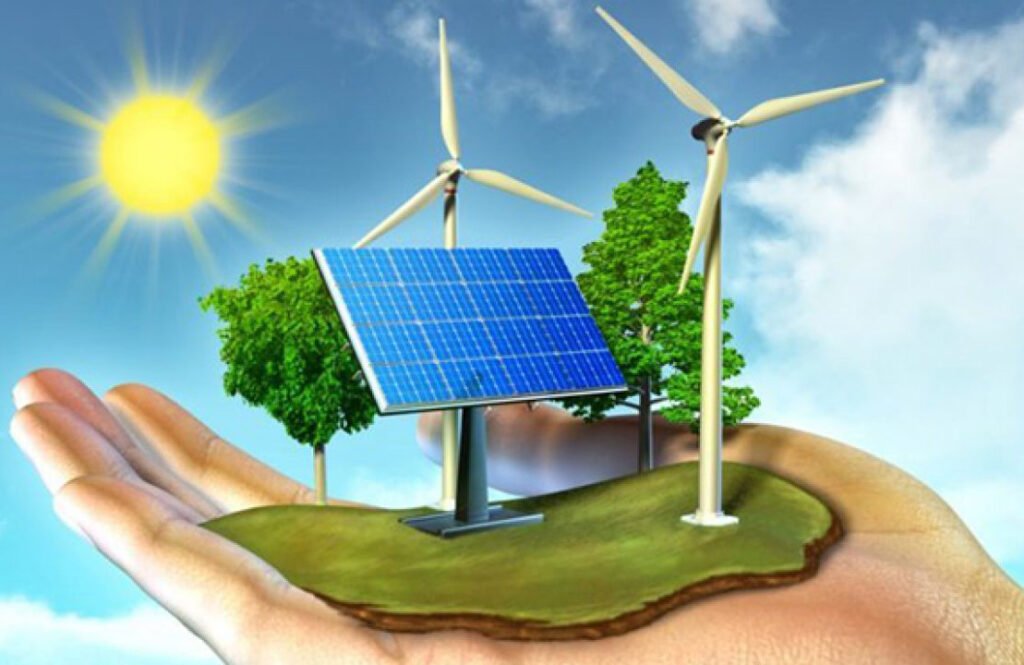Energy
Energy
Let’s find your energy solution Our experts help you get the most out of your energy. Electricity plans fits your lifestyle & budget.
Energy of your success
We deliver the right service solutions for your gas turbine, steam turbine or generator to increase flexibility, efficiency, reliability and availability throughout the entire lifecycle of your assets. From modernizations & upgrades, remote monitoring, condition monitoring & diagnostics, lifetime extensions, and digital service solutions to turnkey services, we team with you to achieve optimal performance and maximize success.
A customer-centric mindset is at the foundation of what we do. You can trust that our Energy Service team is highly skilled and deeply committed to your success and to working together with you every step of the way. We have invested in building our local service resources in your region.

Solar energy
Solar energy, radiation from the Sun capable of producing heat, causing chemical reactions, or generating electricity. The total amount of solar energy incident on Earth is vastly in excess of the world’s current and anticipated energy requirements. If suitably harnessed, this highly diffused source has the potential to satisfy all future energy needs. In the 21st century solar energy is expected to become increasingly attractive as a renewable energy source because of its inexhaustible supply and its nonpolluting character, in stark contrast to the finite fossil fuels coal, petroleum, and natural gas.
The Sun is an extremely powerful energy source, and sunlight is by far the largest source of energy received by Earth, but its intensity at Earth’s surface is actually quite low.
This is essentially because of the enormous radial spreading of radiation from the distant Sun. A relatively minor additional loss is due to Earth’s atmosphere and clouds, which absorb or scatter as much as 54 percent of the incoming sunlight. The sunlight that reaches the ground consists of nearly 50 percent visible light, 45 percent infrared radiation, and smaller amounts of ultraviolet and other forms of electromagnetic radiation.
The potential for solar energy is enormous, since about 200,000 times the world’s total daily electric-generating capacity is received by Earth every day in the form of solar energy. Unfortunately, though solar energy itself is free, the high cost of its collection, conversion, and storage still limits its exploitation in many places. Solar radiation can be converted either into thermal energy (heat) or into electrical energy, though the former is easier to accomplish.
Thermal energy
Among the most common devices used to capture solar energy and convert it to thermal energy are flat-plate collectors, which are used for solar heating applications. Because the intensity of solar radiation at Earth’s surface is so low, these collectors must be large in area. Even in sunny parts of the world’s temperate regions, for instance, a collector must have a surface area of about 40 square metres (430 square feet) to gather enough energy to serve the energy needs of one person.
The Sun is an extremely powerful energy source, and sunlight is by far the largest source of energy received by Earth, but its intensity at Earth’s surface is actually quite low.
The most widely used flat-plate collectors consist of a blackened metal plate, covered with one or two sheets of glass, that is heated by the sunlight falling on it. This heat is then transferred to air or water, called carrier fluids, that flow past the back of the plate. The heat may be used directly, or it may be transferred to another medium for storage. Flat-plate collectors are commonly used for solar water heaters and house heating. The storage of heat for use at night or on cloudy days is commonly accomplished by using insulated tanks to store the water heated during sunny periods. Such a system can supply a home with hot water drawn from the storage tank, or, with the warmed water flowing through tubes in floors and ceilings, it can provide space heating. Flat-plate collectors typically heat carrier fluids to temperatures ranging from 66 to 93 °C (150 to 200 °F). The efficiency of such collectors (i.e., the proportion of the energy received that they convert into usable energy) ranges from 20 to 80 percent, depending on the design of the collector.
